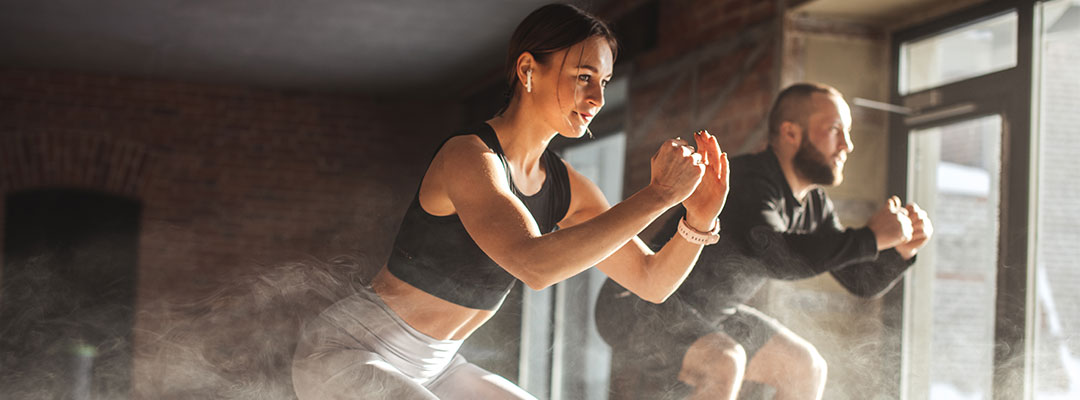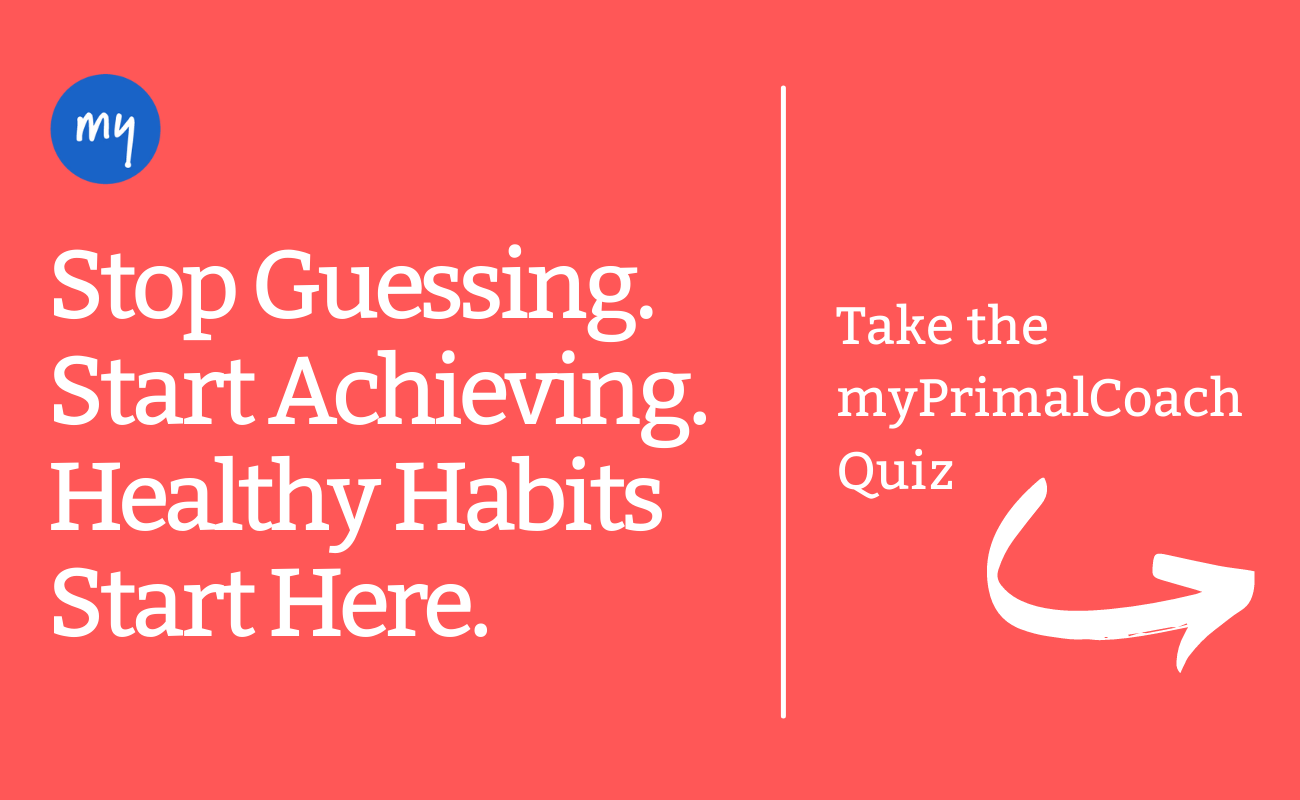If there’s one thing humans are good at, it’s adaptation. It’s what’s kept us alive for the last 300,000 years. We’ve used hormesis—the body’s adaptive response to stressors—to our advantage whether we realized it or not. Turns out, expressions like, “no pain, no gain” and “what doesn’t kill you, makes you stronger,” actually have proven science behind them. So why not be more intentional with your efforts and use hormesis to grow stronger, healthier, more resistant to disease, and maybe even live longer? Keep reading to learn how.

Build Stamina and Strength
4 Ways Stress Can Make You Stronger
We’ve got four proven hormetic stressors to help you build back up healthier and better than ever. Bear in mind that hormesis only works if, like Goldilocks, you expose yourself to just the right amount of stress. Too much sun and you’ll get a sunburn. Too ambitious with intermittent fasting and you can enter starvation territory. Too much stress can become chronic and suppress immunity. Exposure to stressors should be low dose to moderate dose at most to stay in the hormetic zone.
1. Exercise
We all know that exercise builds stamina and strength when done regularly. That’s hormesis at work.
Take weight lifting, for example. It puts oxidative stress on the body for sure. Lift heavy for 30 minutes to an hour and you’ll be drenched in sweat with a racing heart rate. Your muscles will be lined with microtears. And your inflammatory markers and cortisol levels will be through the roof. These are all signals for the body to adapt, repair torn muscles, and rebuild stronger. With each weight-lifting session, your ability to respond to these stressors improves.
Hormetic stressors such as exercise activate NRF2 transcription factor that turns on genes responsible for antioxidant release, detoxification, DNA repair, and cellular protection. After your workout, anti-inflammatory compounds and antioxidants rush to the injured sites to repair damaged tissues. Your central nervous system now knows what’s expected, and is better prepared for it in the future. It’s competitive, and totally able to keep up with the next exercise challenge.
2. Intermittent Fasting
We cover the benefits of intermittent fasting in this post, and many of them can be attributed to the hormetic response to calorie restriction. Not only does fasting help you lose weight while maintaining lean muscle mass, but it also promotes autophagy, which is the clearing away of old, damaged cells to make way for newer, healthier ones.
In addition to activating NRF2, intermittent fasting decreases growth factor IGF-1, low levels of which have been linked to greater longevity. Fasting also stimulates the longevity gene FOXO3, which is involved in regulating tumor suppression and immune function.
3. Hot and Cold Therapies
Exposure to extreme heat or cold, such as saunas or cold plunges, activates cold-shock and heat-shock proteins, respectively. These proteins protect the body from inflammation and cellular damage, increase your antioxidant defense, and have even been shown to exhibit anti-tumor activity. As for performance benefits, you’re looking at greater endurance capacity and better attention and focus thanks to the increase in brain-derived neurotrophic factor (BDNF) that helps spur the growth of new brain cells.
Take your pick of a traditional sauna or infrared sauna, hot yoga, or a steam room to start acclimating to extreme heat. For cold therapy, you can take a cold shower, an ice bath, or try cryotherapy if you can brave standing in a -250°F chamber for 5-10 minutes.
4. Sunlight
That tan you got this summer is visible evidence of the hormetic response at work. While UV rays can cause sunburn and increase your risk of skin cancer, exposing your skin to just the right amount of sunlight generates vitamin D and strengthens your skin cells so they can better defend against cancer.
The right amount of sun exposure varies according to your skin type and genetics. A general rule of thumb is 10-20 minutes of sun on bare skin without sunscreen. Of course, if you are prone to burning, that time should be adjusted.
Step Out of Your Comfort Zone
So which hormetic stressor will it be today? Physical activity, sunlight, fasting, heat, or cold? It will be worth the adventure. Your brain, immune system, and muscles will love you for it!

